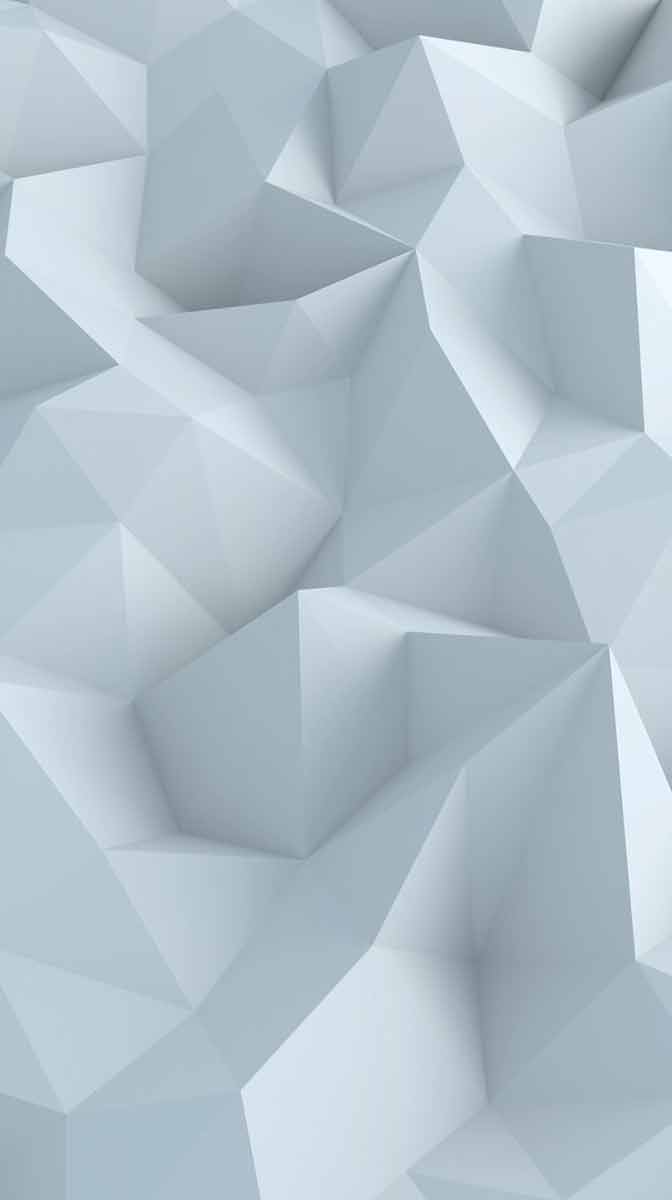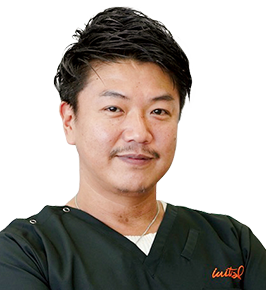


 12:30〜16:00
12:30〜16:00
Ceramics: From the Creator' s Point of View
-
Shade Reproduction Using “Initial Zr-FS” Based on Natural Tooth Structures
The recent Covid-19 pandemic has been affecting the collaborative work between dentists and dental technicians. Until recently, the most beneficial aspect for dental technicians to work nearby dental clinics was their access to meet patients in person to check the ideal form and target shade. However, even the shade-taking process has become difficult during these times. Therefore, it is becoming necessary to improve the quality of the prosthesis without direct contact with the patient. How can we accurately perform shade matching in such environments? This lecture will introduce some methods to minimize reproduction and modification.
Initial Porcelain、Value、Aadva Scanner、Opacity Control、Color Reproduction、Shade Matching、Natural Tooth
-
Various Approaches to Labial Cut-Back Facing Technique using GC Initial Ceramic Systems
With the great developments of dental zirconia blocks for dental prosthetics over the years, there also have been big changes in dental materials for prosthetics and the way prosthetics are made.
In the early zirconia block market, due to limitations of material properties, “Monolithic Staining & Glazing Techniques” was only available for posterior crowns. But recently, the more processing technology of zirconia materials developed, the wider the range of prosthetics available using zirconia materials. Multi-Layered Zirconia blocks are being built for Anterior prosthetics, now it’s no longer difficult to make Monolithic zirconia anterior prosthetics only using staining materials.
According to the clinical cases and the method of making ceramic prosthetics, there are also various changes in zirconia block selection.
So in the lecture, I want to talk about how to select zirconia materials, make ceramic prosthetics using “Labial Cut-Back Facing Technique” and few other details through my memorable dental clinical cases.How to make life-like monolithic zirconia crowns naturally Selection and Application of ceramic prosthetics materials according to the amount of anterior labial facing cut-back How to utilize the good fluorescence powder of GC Ceramic Systems
Giving Monolithic Zirconia Prosthetics Proper Transparent Thickness ,Easily Express the Surface Treatment to Monolithic Zirconia Crowns ,Using GC Initial Stain Systems (Spectrum Stains and IQ LP NF) Effectively ,Application of 0.3mm Labial Cut-Back Facing Technique ,Application of 0.5mm Labial Cut-Back Facing Technique
-
Ultimate Spectrum -0.3 mm Thin Layer Technique with Initial Spectrum and LiSi Ceram
When Long-term survival of the Zirconia restoration it appears more important for patients, the monolithic and minimal layer porcelain is becoming more and more popular. How to create the natural look restoration in this difficult situation is a new subject for dental technicians. LiSi ceram material property is great match with LiSi press(Lithium disilicate)that also can perfect layering on Zirconia frame. I want to share my experiences about how to use LiSi ceram mix Spectrum kit to create the natural Zirconia restoration with thin layer technique.
How to create the natural look restoration with initial system How to mix initial spectrum stain with LiSi ceram to make new color pastes How to dupilicate natural teeth features with thin layer technique Zirconia restoration
Initial System,Initial Spectrum Stain,Dupilicate Teeth Features,Thin Layer Technique,Cover Discoloration Stump
-
Hybrids & Beyond: GC Products on High Performance Polymers
Bill will share his predictable and easy-to-follow techniques on how best to achieve NATURAL and esthetically appealing anterior, posterior and full arch implant supported bridge restorations using GC LiSi, GC Gradia Plus and High Performance Polymers. Bill will focus his lecture on: Simple steps to create life-like GC LiSi anterior ceramic crowns; updated techniques for creating realistic gingiva using Gradia Plus Gum; steps to bonding individual GC LiSi crowns and Gradia Plus Gum to the ivory High Performance Polymer frame; vital protocols using GC Optiglaze as a final protection barrier for the anterior bridge.
Successful bonding protocols using GC Products for bonding to High Performance Polymers Applications of GC products to High Performance Polymers Repair protocols
GC Intial LiSi,GC Gradia,High Performance Polymers,Repair,Bonding ,Glazing ,Cementing ,Longterm Success
-
Aesthetic Possibilities with Lithium Disilicate
(The Lisi -Press System) Lithium disilicate offers exceptional possibilities for the fabrication of natural looking dentures.
In addition to its high degree of stability, the ability of this material to transmit light is what makes it so valuable.
The lecture will present on base of clinical issues how highly aesthetic results can be achieved through different approaches. The individual stages from the framework design to the finished restoration will be shown. As well as achieving great effects with minimal efforts, participants will be taught the knowledge behind the different levels of transparency of the material and their impact on the achievement of lifelike results which creates a seamless transition to natural structures.Clinical Application,Ingot Selection,Staining Technique and Characterization
-
Esthetic Dentistry Using GC Initial
This presentation will show clinical cases using layering ceramics, GC Initial LiSi and a high strength lithium disilicate glass ceramics, GC Initial LiSi Press. My cases will demonstrate utilizing the translucency so that natural teeth shade will show through. Other cases will reveal discolored abutments teeth or implant cases. I will also discuss the cutback design called the “facial cutback method” which utilizes a high strength framework. Additionally, I would like to analyze the layering method that controls value and reproduces translucency. I hope this presentation will provide tips and clues that could be put to daily practice for dental technicians who are new to this material.
Press Ceramics Zirconia Implant Fusion Technique Staining Technique Esthetic Implant & Natural Tooth Combination
Layering, Stain, Frame Design(Facial Cutback),Material Selection












